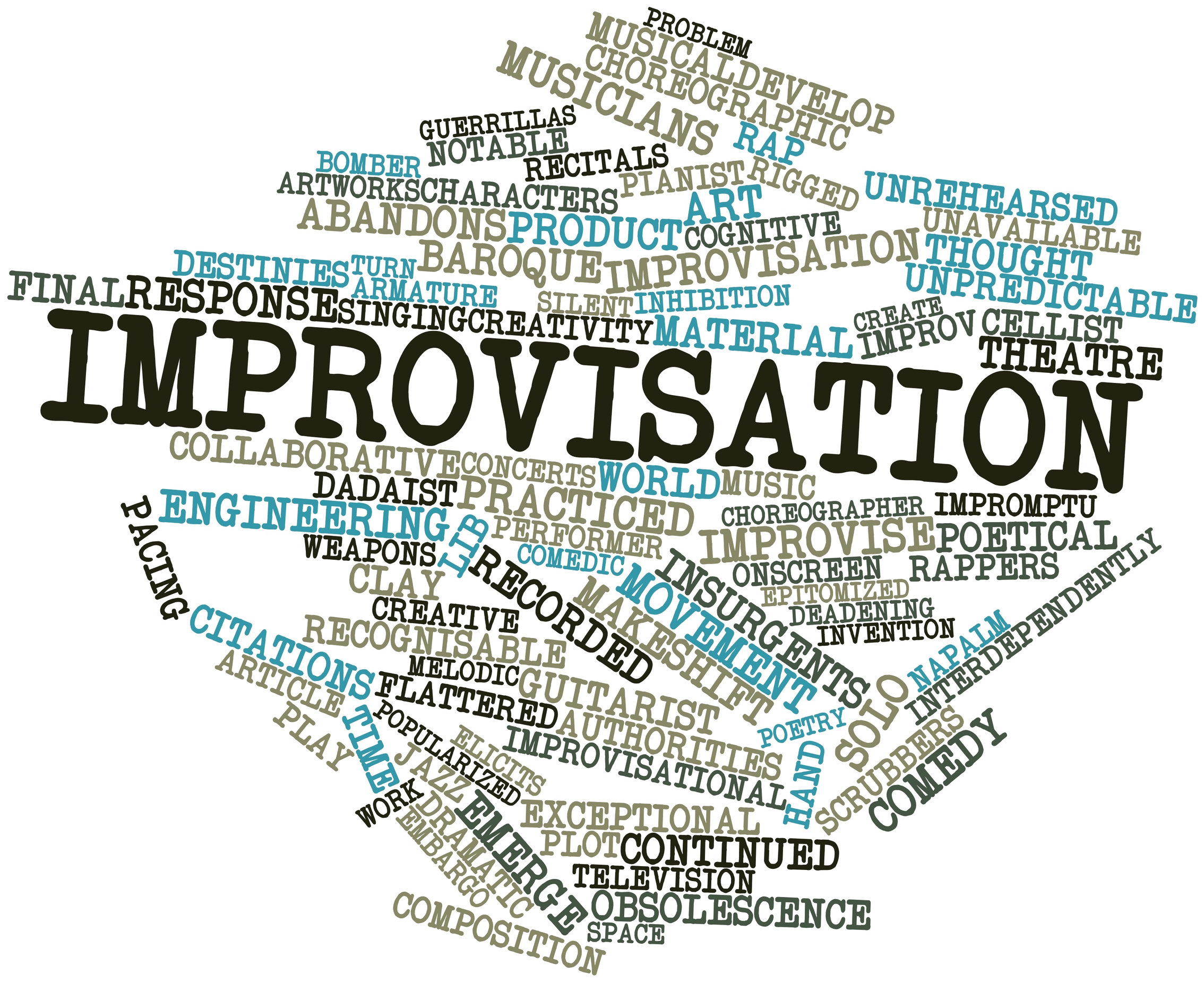See if this sounds familiar
You are managing a working team in the now ubiquitous hybrid scenario. Your group has been tasked with generating some new ideas for the next phase of an ongoing project. While the person you report to is expecting “great ideas”, you can see some roadblocks. Among them:
Time: Can the team afford to allot enough time to generate ideas? And what is the expected timeline for the entire project phase?
Focus: You’ve got some members onsite and some virtual. Is there a way to corral their focus for the needed brainstorming?
Problem personalities: There is at least one member who prides him/herself on playing “Devil’s Advocate”, and they usually manage to suck the life out of any idea generating session.
Needed: A Better Way to Innovate
This week’s Positive Intelligence video was on the Sage power of Innovate. Of the 5 Powers: Empathy, Explore, Innovate, Navigate and Activate, I personally feel my strongest power is Explore, possibly followed by Innovate. On a good day.
Each of the powers have exercises or “Games” associated with them. For Innovate, the game is “Yes-And” a very well known Improvisation concept, and yesterday it was fun to watch this applied to everyday problem solving.
One of the people on the call put forward the problem of getting his teenagers involved in the family business; getting past the resistance typical of pretty much anybody in their late teens towards pretty much anything a parent might suggest, and generating something resembling enthusiasm.
Yes-And In Motion
The engagement starts as a partner or a group game, (although another participant who had no one to share her breakout session did it by herself). With hybrid or virtual teams, we’re talking more frequent breakout rooms. The first member puts forward an idea – in this case, some kind of reward system for the boys. That first idea was fairly realistic, but even if it was off the wall like: playing a game of Ping Pong and the loser has to help Dad – the starting rule is that each idea has at least 10% validity. The second partner’s primary job is to identify that validity as he/she says “What I like about that Ping Pong idea is that you’ve incorporated a game into the solution”. Then the partner will add something like “How about turning it around and the Winner helps Dad?” Now the first partner identifies that 10% “What I like about that idea is that you’ve turned what was a punishment into a reward!” And so on. Each partner can switch to a totally new idea once they’ve gone back and forth a few times on the initial offering.
The 10% Rule
But there’s one other very important element: no idea is rejected. Each has at least 10% validity and deserves to be explored. This way the pressure to come up with “good” ideas, or “realistic” ideas, or “workable” ideas is eliminated.
Bring a Block – Not Your Father’s Brainstorm
I’m reminded of Karen Hough’s notion of “Bring a Block”. Hough wrote a book: The Improvisation Edge highlighting her improvisation work with businesses over two decades time. Her four principals: Say Yes!, Bring a Block, Team Equity and Oops! to Eureka! follow the process of applying improvisation to team productivity – especially when fleshing out new ideas. Bring a Block departs from the usual brainstorming technique of throwing a bunch of ideas out there on sticky notes, and then picking the most realistic ones. “Yes-And” requires us to assume, again, the 10% validity rule, and Bring a Block asks us to give each idea the chance to be fleshed out. Yes, this takes more time. Yes, this can prove difficult for the Devil’s Advocates to keep their “Yes-But’s” to themselves. But think about it – if everyone experiences their ideas respected in this way, your team can’t help but come up with even more and even better ideas. That’s the “Storm” part of Brain-Storming!
Sabotage!
Isn’t it interesting though, that some of us, depending on our internal Saboteurs, just can’t help ourselves? We have to try not to blurt out “That won’t work!” or “What a weird idea!” or “What planet are you on?!”
The point, the goal, the desired outcome of this exercise is to generate LOTS of ideas – the more the better. Then, and ONLY then, do you comb through the list for what is workable, affordable, doable.
My challenge, as my Restless is still my primary Saboteur, is to stick with the exercise long enough to generate lots of fleshed out ideas, without giving into boredom/irritation/frustration with the process, or jumping over to the next “shiny possibility”.
Try Yes-And next time you’ve got a sticky problem and see if it works for you.
I’ll be talking about this topic and getting the Communications Department of Maine Health engaged in a workshop on Improvisation in January 2022 – great way to ring in a shiny New Year!
Get in touch with me to explore what Improvisation could do for your working team.
And have a wonderful holiday season too!

